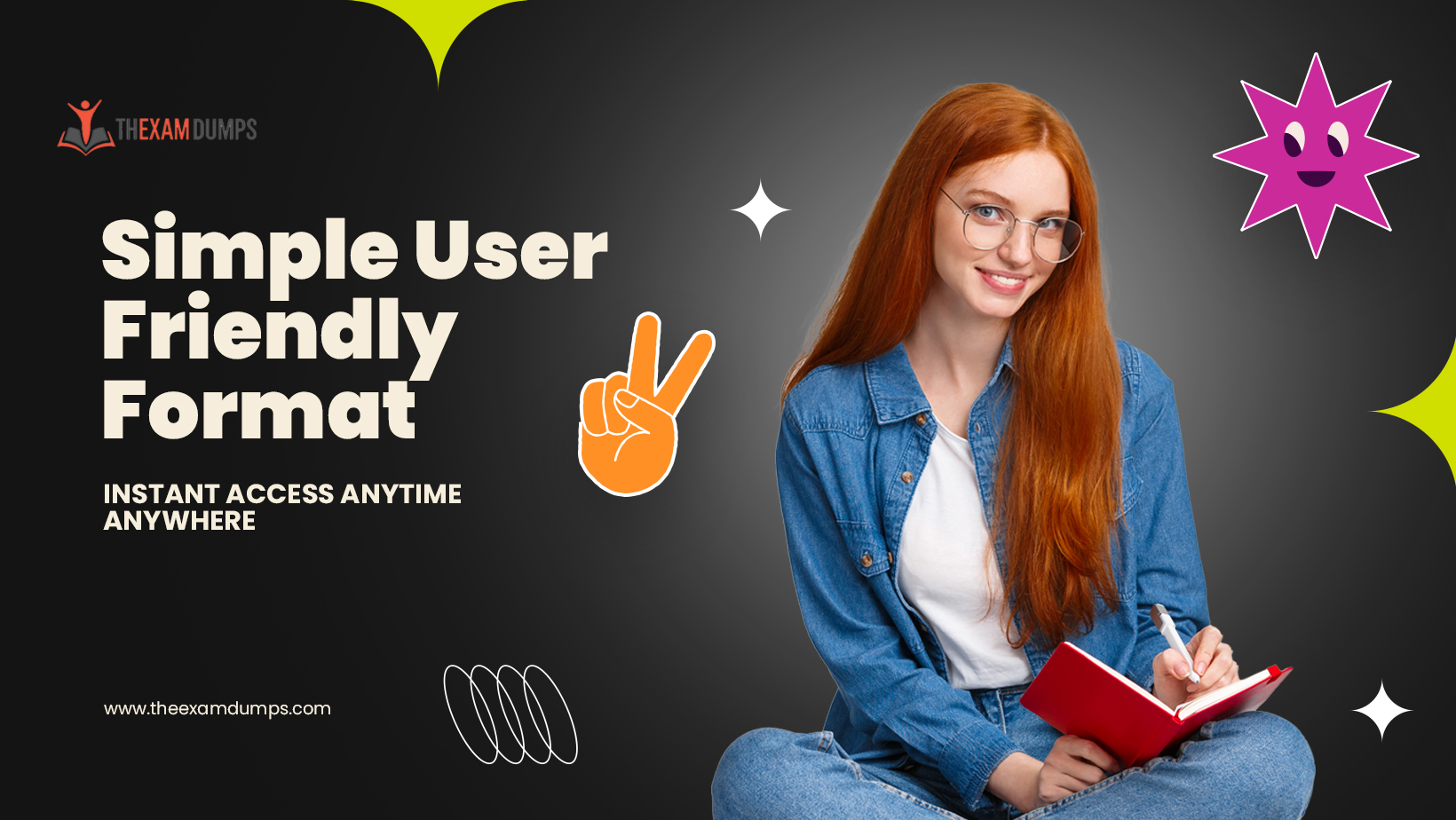Best Employee Onboarding Software to Simplify Hiring

Welcoming new employees is more than just a formality—it’s a strategic process that sets the stage for employee satisfaction, productivity, and retention. In the digital era, businesses are increasingly turning to employee onboarding software to create seamless, structured, and engaging onboarding experiences. But with countless solutions available, how do you identify the best employee onboarding software for your business needs?
Let’s dive into what makes an onboarding software great, the key features to look for, and how it can transform your employee onboarding process.
The Role of Employee Onboarding Software
Employee onboarding software automates and simplifies the entire process of welcoming new hires, from pre-boarding to their first day and beyond. These tools replace manual paperwork, streamline document submissions, standardize training processes, and foster early engagement.
By digitizing onboarding workflows, companies ensure that new employees feel welcomed, valued, and productive from day one—helping HR teams save time while improving the overall onboarding experience.
Why Does Onboarding Matter?
A structured onboarding process has a direct impact on business outcomes:
- Boosted Retention Rates: Employees who undergo effective onboarding are more likely to stay with the organization long-term.
- Faster Productivity: By clarifying job expectations and providing necessary tools, new hires start contributing faster.
- Stronger Engagement: An engaging onboarding experience increases employee morale and aligns them with company values.
- Compliance Assurance: Automated document management ensures legal and organizational compliance from the start.
Key Features of the Best Employee Onboarding Software
When evaluating onboarding platforms, look for the following essential features:
1. Digital Document Management
No more paperwork headaches—top solutions provide e-signature capabilities, secure document storage, and easy access to employee files.
2. Pre-Boarding Experience
Great software allows HR teams to initiate onboarding before day one. Sending welcome emails, company handbooks, and training resources builds excitement and prepares new hires for success.
3. Customizable Onboarding Workflows
Not all roles require the same onboarding steps. The best platforms offer customizable workflows to fit different departments, locations, and job levels.
4. Task Automation
Task lists, automated reminders, and role-based assignments ensure that nothing falls through the cracks during the onboarding process.
5. Employee Self-Service Portal
A user-friendly portal empowers new hires to complete tasks, upload documents, access learning materials, and track their progress—all in one place.
6. Training & Learning Integration
Seamless integration with learning management systems (LMS) allows for structured learning paths, quizzes, and certifications right from the onboarding platform.
7. Compliance Tracking
Automated compliance checklists and audit trails help businesses adhere to legal requirements and company policies without manual intervention.
8. HRMS and Payroll Integration
For a seamless HR ecosystem, look for onboarding software that integrates easily with your existing HRMS, payroll, and IT systems. This minimizes duplicate data entry and ensures a smooth transition from onboarding to ongoing HR management.
9. Analytics and Reporting
The best platforms provide insights into onboarding metrics like completion rates, process bottlenecks, and employee feedback, allowing HR teams to continuously improve the process.
Benefits of Using the Best Employee Onboarding Software
1. Enhanced Efficiency
Automating repetitive onboarding tasks significantly reduces the workload of HR teams, allowing them to focus on meaningful employee engagement.
2. Consistency Across Locations
If your organization operates in multiple locations, onboarding software ensures that every employee has a standardized and high-quality onboarding experience.
3. Improved Candidate Experience
A seamless onboarding process leaves a positive first impression on new hires, enhancing your employer brand and reducing early turnover.
4. Reduced Time-to-Productivity
With role-specific learning paths and resources readily available, employees gain the skills they need to contribute faster.
5. Data Security & Compliance
Leading onboarding solutions comply with data privacy laws like GDPR and ensure that sensitive employee data is securely managed.
Industries That Benefit from Employee Onboarding Software
While onboarding software is applicable across industries, some sectors benefit particularly well:
- IT & Software Development: Where compliance with cybersecurity policies and quick ramp-up on complex tools is essential.
- Healthcare: Where licenses, training, and certifications are critical to patient safety and compliance.
- Retail & Hospitality: Where seasonal hiring and high employee turnover demand fast, efficient onboarding.
- Manufacturing: Where safety training and equipment handling protocols are necessary for compliance.
- Financial Services: Where regulatory compliance and security policies must be communicated from day one.
How to Select the Best Employee Onboarding Software?
Choosing the right solution depends on your organizational needs and goals. Here’s a simple checklist to help you decide:
- Scalability: Can the software support your growing workforce?
- Ease of Use: Is the platform intuitive for both HR teams and new hires?
- Customization: Can it accommodate your company’s unique onboarding needs?
- Integration: Does it integrate with your existing HR software ecosystem?
- Customer Support: Will you receive timely support during implementation and beyond?
- Mobile Accessibility: Can new hires onboard using their smartphones? This is especially important for remote or deskless workers.
- Pricing: Does the solution fit your budget without compromising on essential features?
The Future of Employee Onboarding Software
The onboarding landscape is rapidly evolving. Modern platforms are integrating Artificial Intelligence (AI) and Machine Learning (ML) to personalize the onboarding journey for each employee. AI chatbots, video-based introductions, gamified training modules, and real-time feedback tools are enhancing engagement and learning retention.
Remote and hybrid workforces have also increased the demand for virtual onboarding experiences, making cloud-based and mobile-friendly solutions the new standard.
Conclusion
An employee’s first impression of your organization can shape their entire career journey. Investing in the best employee onboarding software ensures that this impression is positive, engaging, and efficient. From automating administrative tasks to creating meaningful first-day experiences, these platforms empower HR teams to focus on what truly matters—building lasting relationships with employees.





